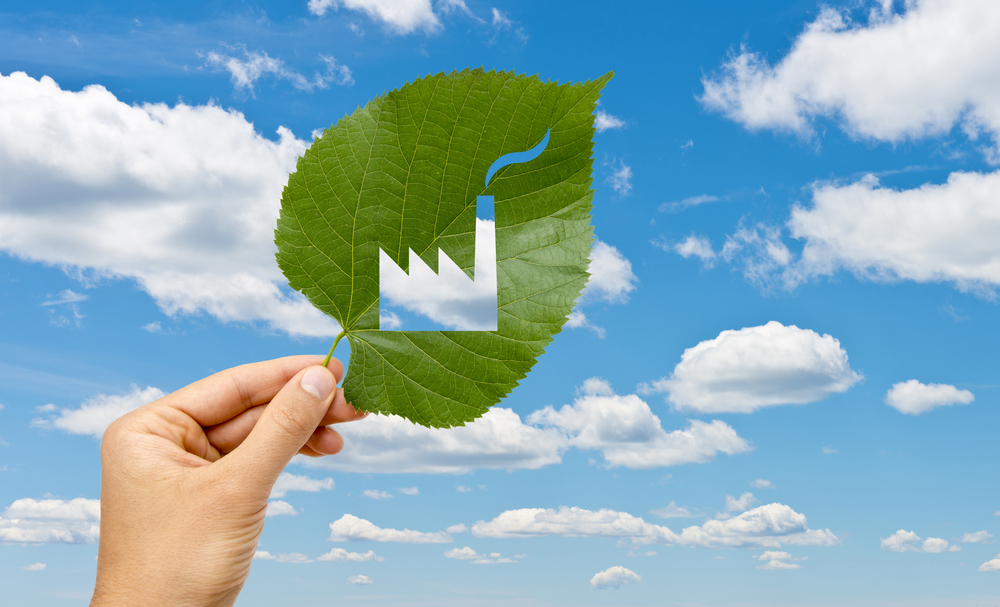The economic, environmental, and social impact of green buildings
According to NASA, 800 million people are vulnerable to droughts, floods, and other extreme weather events caused by climate change. At the same time, carbon dioxide emissions are at an all-time high and rising temperatures endanger the polar ice cap every year. The time to act is now and everyone from governments to businesses and homeowners needs to make a change and embrace more sustainable alternatives. The measures required to protect the planet are, of course, extensive, and more than one sector needs to go green if we want to see lasting changes. However, some improvements are more impactful than others and one that can definitely benefit the planet and society as a whole is green buildings.
The size of the green building market has increased considerably in the past few years and is expected to grow by an additional 10% by 2023. There is overwhelming evidence that building sustainable constructions, both for residential and commercial use, can reduce greenhouse emissions and create better conditions for everyone, while at the same time saving money.
At present, North America has the most mature green building market, but the trend is starting to pick up in Europe and Asia as well. Building rating standards are also beginning to change, so that modern developers no longer have to design beautiful buildings that stand out against the urban landscape and offer the latest tech innovations, but also that have a low carbon footprint. Here’s why:
Green buildings help the environment
In order to understand how green buildings help the environment, first we have to define what makes a building be green. First of all, green buildings stand out through the efficient and responsible use of resources and energy. The materials used for green buildings are sustainable, come from ethical sources (meaning that they don’t contribute to deforestation), they’re non-toxic, and don’t affect air quality. Secondly, their environmental impact was considered every step of the way, from design to implantation. Green buildings use energy efficiently, and often feature elements such as solar panels and smart roofs, which reduce dependence on heating and cooling systems. Green building developers may also use special equipment to add greenery to the roof and increase eco-efficiency. What are the results?
Green buildings produce 34% fewer carbon emissions compared to conventional buildings and consume 25% less energy. According to UNEP data, the building sector has the biggest potential to reduce greenhouse emissions than all other sectors and, if the current trend continues, the industry has the potential of saving as much as 84 gigatons of carbon dioxide by 2050. Another 2016 study also found that green buildings could help prevent the rise in global temperatures.
At present, almost every country has set up sustainability ratings to help developers design and build greener constructions, and provided data to back up their benefits. For example, buildings that have obtained the Green Star Certification in Australia have been proven to use 50% less potable water compared to other homes, while the buildings that have obtained the LEED certification in the United States consume 35% less energy.
Whether you want to build a new home, an office building, or any other commercial construction, complying with these sustainability standards can help you protect the planet.
Green buildings are good for the economy
The fact that green buildings have a lower carbon footprint is a strong enough reason to consider them. However, that’s not their only benefit. Studies have shown that green buildings are also highly economical, not only because they require fewer resources to make but also consume less energy in the long run. In fact, the average green building saves energy by 50%, helping owners and occupants spend less money on gas and energy bills.
On a global scale, green buildings have a huge financial potential. According to the European Commission, sustainable building standards could save up to €410 billion on energy spending. Additionally, each country’s economy can benefit. For instance, Canada’s green building industry alone generated $23.45 billion and created 300,000 jobs in 2014.
As for developers, they can benefit too. According to a 2016 study, new green buildings or renovated old ones get a 7% increase in asset value. In other words, everyone benefits. When green buildings started being popular, many feared that they were just a fad and that the costs weren't worth it. Now, it’s clearer than ever that sustainability is not just a trend and that green buildings can pay for themselves in the long run.
Green buildings are better for society
If environmental and financial benefits weren’t convincing enough, studies have also shown that green buildings also help society as a whole. First of all, green buildings are healthier because they are made with non-toxic materials. As a result, indoor air quality isn’t affected and this reduces the incidence of respiratory conditions such as asthma and allergies. Furthermore, living and working in green buildings with good ventilation have better sleep quality and show better cognitive performance. The latter is particularly relevant for the green office building trend, which more and more corporations are interested in. When they work in a green building with optimal comfort levels, workers are more productive and, since they’re exposed to fewer health risks, take fewer sick days.
Green buildings are also better for children’s development, which is why schools all over the world are rushing to renovate old buildings or at least expose kids to more daylight and environmental practices.
Last, but not least, there’s also the fact that people are now aware of the importance of sustainability and want to be part of the change. Working in a green office or renting an apartment in a green complex creates a sense of pride and people are happy to contribute to the solution by choosing green buildings over the ones that merely meet the minimum requirements.


0 Comments
Recommended Comments
There are no comments to display.